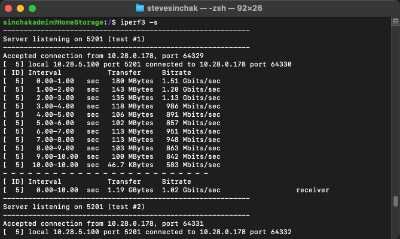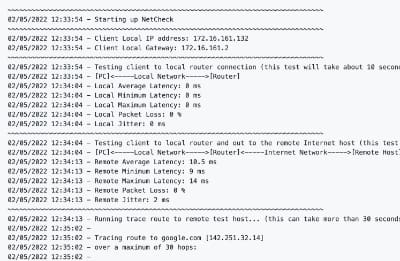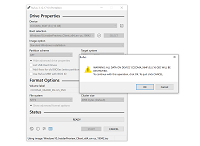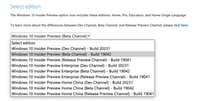Roaming Profiles were an amazing invention that first appeared back on July 27th, 1993 with the release of Windows NT 3.1. Designed to make it easy for a user to roam from one computer to another, Roaming Profiles provided a synchronization capability that copied user profile information and application settings from the local computer to a central Windows file server. This synchronization would occur upon login and logoff and worked perfectly if you worked for a very small company and sat within 50 feet of the file server.
Over the years the number of issues with Roaming Profiles continued to pile up. User profile sizes increased significantly as the size and number of files increased. In addition, corporate networks grew to encompass multiple locations around the globe, often without a local file server nearby. Every time someone would log into their PC, the login process would reach out to the file server, that could be on the other side of the world, and download the user profile. Over the years there were a number of enhancements to Roaming Profiles, such as various forms of caching, but none fully solved the problems.
Unfortunately, Roaming Profiles are still in use today at many organizations and are the number one cause of login problems. And so we get to the Public Service Announcement portion of this article. Stop using Roaming Profiles! They are about 25 years old and designed for a very different world than we operate in now. In addition, while Roaming Profiles are still supported in Windows 10 for some sadistic reason, Microsoft has publicly announced they will be deprecated in the future. They just don't know when exactly. Likely because Bill Gates still has the Roaming Profiles team locked up for punishment in a building somewhere on the Microsoft campus.
But do not be alarmed, there are modern solutions that accomplish the goal of roaming user settings and files.
- For roaming settings, IT administrators should strongly consider Enterprise State Roaming which is part of Azure AD. Alternatively, you can consider User Experience Virtualization (UE-V) which is an on-prem solution.
- For file roaming, strongly consider OneDrive for Business.



